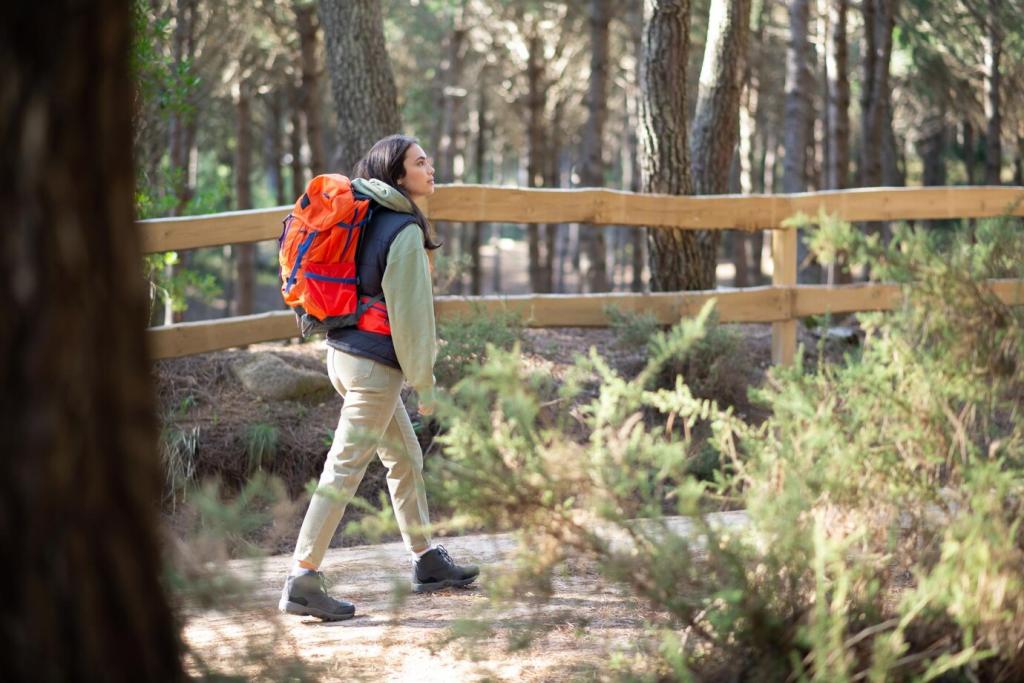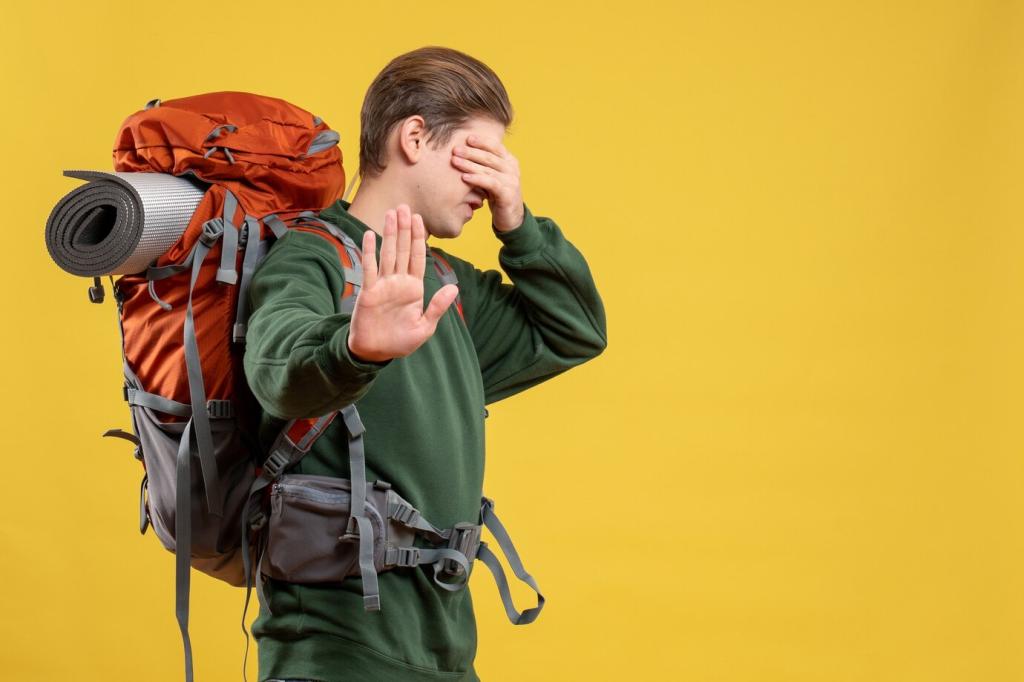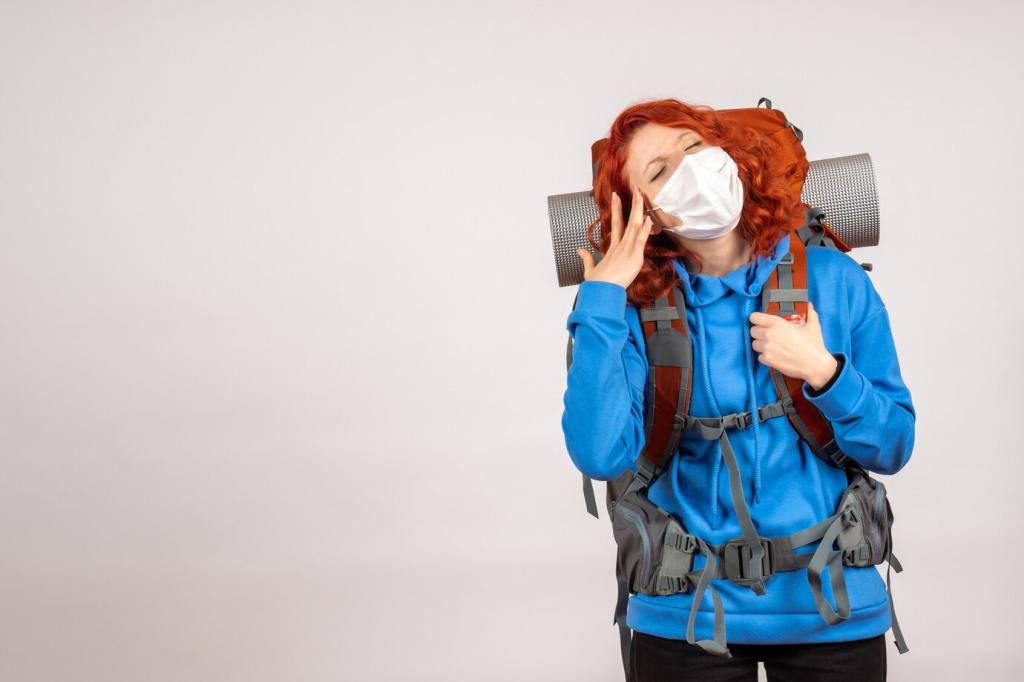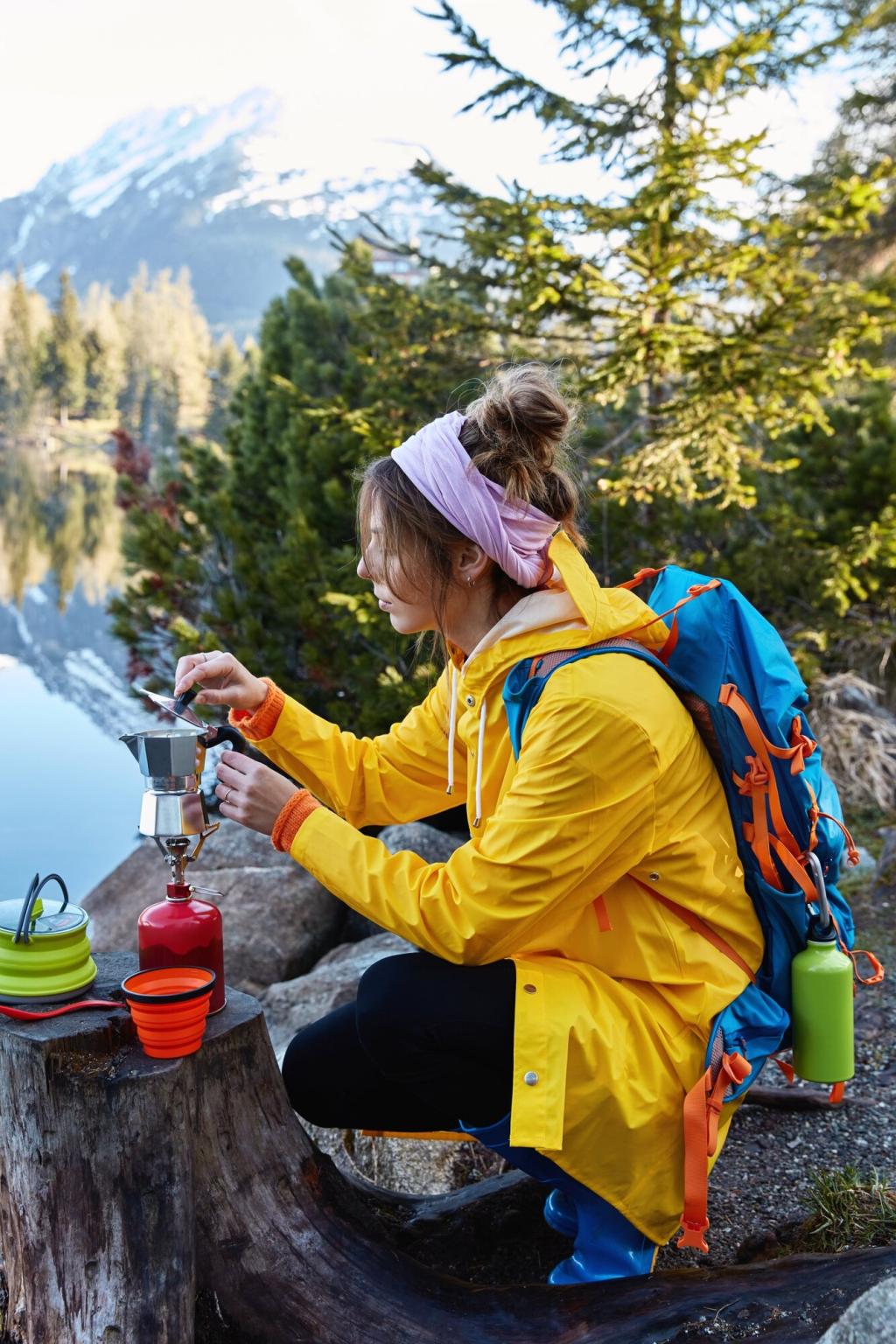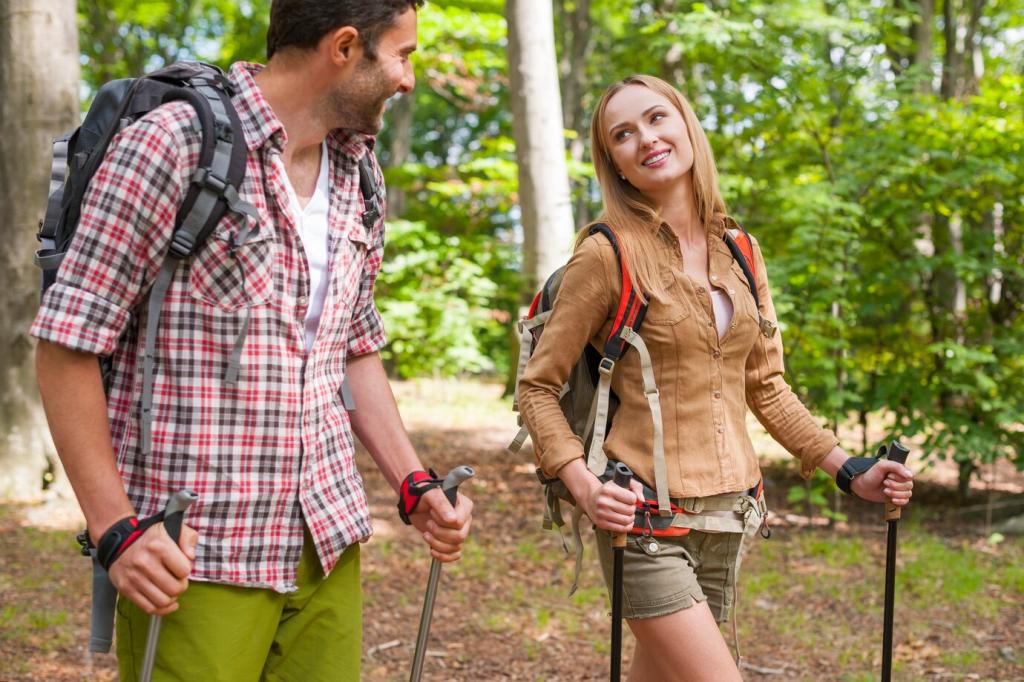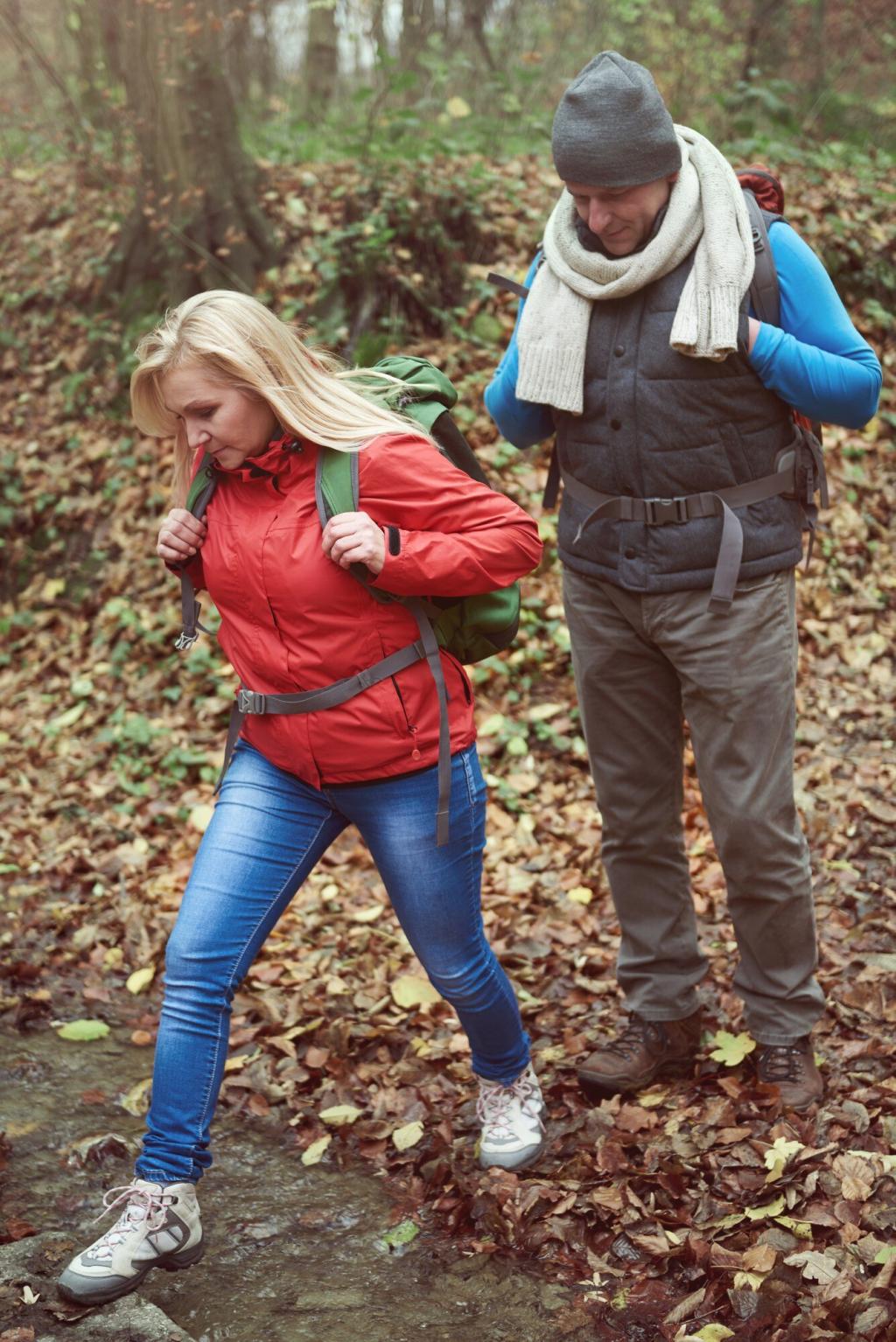Power That Lasts the Whole Ridge
Lithium batteries sag in freezing temps. Keep your phone and messenger inside an inner pocket, add a chemical hand warmer for brutal days, and disable unnecessary sensors. A warm battery is a reliable battery when stakes rise.
Power That Lasts the Whole Ridge
Power banks beat small panels in forests or short winter days. If you bring solar, use a high-efficiency panel secured to your pack only on long, sunny traverses. Track mAh used per hour to forecast runtime accurately.

